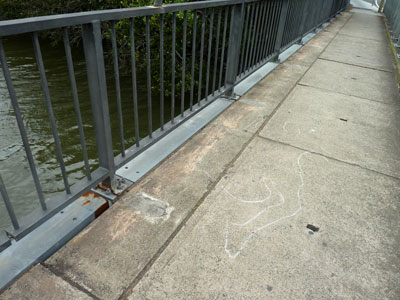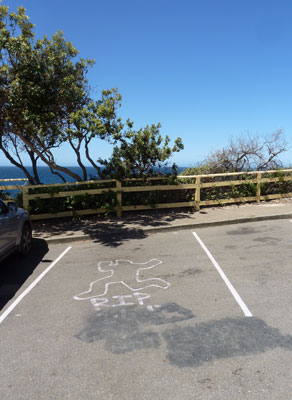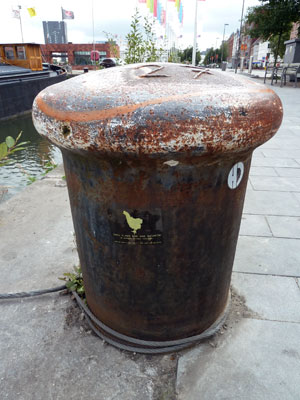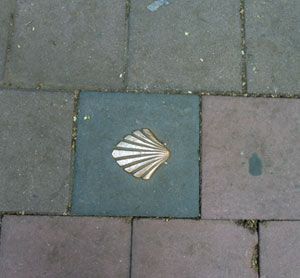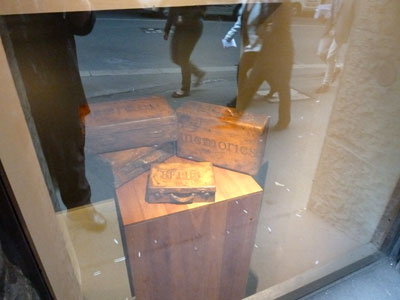In February and we are supposed to be back at work. Holiday time is all over. I didn’t go away for the holidays, but we’ve been lucky enough to have beautiful weather in Sydney and there’s plenty to do here – beaches, parks, entertainment venues. I had a good time.
For instance, one evening I went to a children’s ballet concert at the Seymour Centre in Chippendale.
On another day I visited a corner of Sydney Olympic Park and did some bird-watching round the mangroves and water bird refuge.
And on a blazingly sunny day I drove to the Manly headland and looked out over the Cabbage Tree Bay Marine Reserve.
That crime scene body outline. It’s all over the place. I can’t get over the pervasiveness of this simple graphic – as if its invention satisfied some yawning gap in our visual vocabulary. I’ve written about it before on this blogsite here, here and here.
I also devoted a section of my thesis to the body outline. And that’s another thing that’s all over. During the past twelve months I finished the thesis, it was examined, and I have received notification that I have ‘satisfied the requirements for the degree of Doctor of Philosophy at Macquarie University’. I am only a graduation ceremony away from becoming the real thing.
The project was called Pavement graffiti: an exploration of roads and footways in words and pictures. With that done I am looking ahead to the next thing. So the blogsite Pavement graffiti might be all over, too. I’m thinking this could be one of my last posts before I start a new blog.

